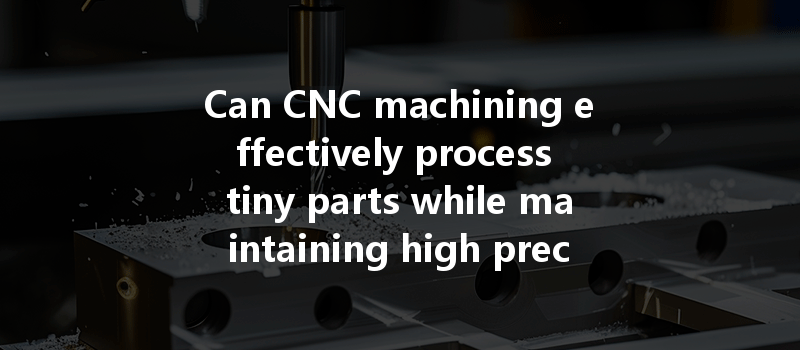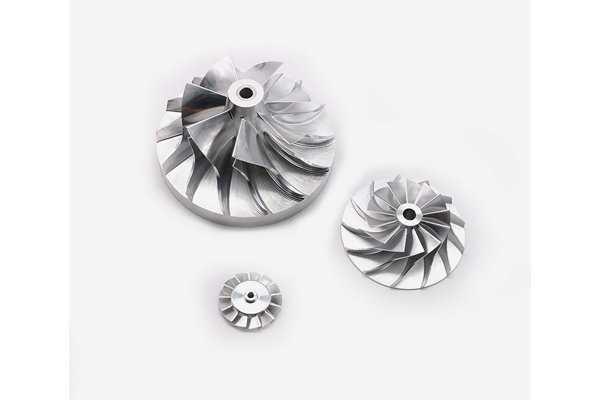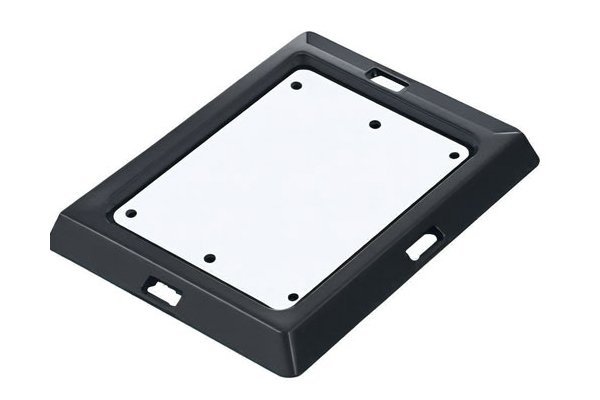Did you know that CNC (Computer Numerical Control) machining technology has revolutionized the manufacturing industry by achieving tolerances of just a few microns? This astonishing precision allows engineers and manufacturers to produce parts as small as a grain of rice, opening new avenues in sectors ranging from aerospace to medical devices. As the demand for intricate, miniaturized components continues to rise, understanding how CNC machining can effectively process tiny parts while maintaining high precision standards is crucial.
In this comprehensive blog, we will explore the intricacies of CNC machining, the challenges associated with machining tiny parts, effective techniques to overcome these challenges, and the key technologies driving precision machining. We’ll focus on the factors at play in this fascinating field to help you grasp its significance in modern manufacturing.
Understanding CNC Machining
Before diving into the specifics of processing tiny components, it’s essential to understand the fundamentals of CNC machining. CNC machining is a subtractive manufacturing process that involves various machinery controlled by computers to produce parts from raw materials. A digital design file is input using specialized software, and the machine translates these instructions into precise movements to cut away material, sculpting the finished component.
CNC machining is a preferred method for producing parts due to its advantages in:
The Promise of Miniaturization
The movement towards miniaturization in industrial applications stems from numerous advantages, such as:
To address the rising demand for miniaturized components, CNC machining has evolved rapidly, utilizing advanced tools and techniques to enhance precision.
Challenges in Machining Tiny Parts
While CNC machining offers the possibility of producing incredibly small and precise parts, several challenges arise, including:
Effective Techniques for Machining Tiny Parts
To overcome these challenges and ensure high precision in CNC machining, several strategies and innovations can be deployed:

Selecting the right materials is essential for producing tiny parts. Advanced materials such as titanium alloys, carbon fiber composites, and high-performance plastics offer superior strength while still being lightweight. Utilizing these materials can minimize thermal deformation and enhance the overall durability of the final product.
Micro-machining refers to the specialized processes used to fabricate small components. Techniques like micro-milling, micro-turning, and laser machining can produce extremely fine geometries with stringent tolerances. Using specialized tooling designed for micro-machining allows for precision and minimizes tool wear.
Investing in high-quality, precision-engineered tools can significantly improve the results of machining tiny parts. Solid carbide tools or diamond-coated tools can achieve higher cutting speeds, reduce tool wear, and enhance edge retention. Additionally, using multi-flute cutters can optimize chip removal for better efficiency.
To mitigate heat buildup during machining, advanced cooling methods can be employed. Misting systems or cryogenic cooling can effectively manage temperatures, preventing distortion and ensuring that dimensional tolerances are met.
Regular calibration and maintenance of CNC machines are vital for sustaining precision. Utilizing advanced measuring technologies—such as laser measurement systems or probe tools—can help ensure that the machine is performing within the desired specifications.
Implementing real-time monitoring systems equipped with sensors and feedback mechanisms can help detect issues during the machining process. Early identification of tool wear or minor variances allows operators to make adjustments before producing defective parts, maintaining quality.
Key Technologies in Precision CNC Machining
Several technological advancements have played a crucial role in enhancing the capabilities of CNC machining for tiny parts:
As we’ve explored, while CNC machining presents several challenges when it comes to processing tiny parts, the integration of advanced techniques, innovative materials, and cutting-edge technologies allows manufacturers to achieve astonishing precision and reliability. The tools and methodologies covered here empower manufacturers to meet the rising demand for miniaturized components across various sectors, from healthcare to consumer electronics.
As you consider the burgeoning field of CNC machining and its capacity to produce tiny parts with stringent precision standards, remember the significance of continual advancements in technology and method. These innovations not only enhance efficiency and accuracy but also facilitate the manufacturing of complex components that drive progress in numerous industries.
In a world where the demand for smaller, more integrated solutions continues to grow, understanding these processes and techniques is more critical than ever. Whether you’re an engineer, a manufacturer, or simply an enthusiast of innovative technologies, staying abreast of CNC machining developments can provide valuable insights into the future of manufacturing.
Harnessing these techniques offers a glimpse into the potentials ahead, making it an exciting field of study and an essential area of focus in manufacturing discussions. Let’s embrace the precision of CNC machining as we continue to explore new frontiers in technology and innovation.






